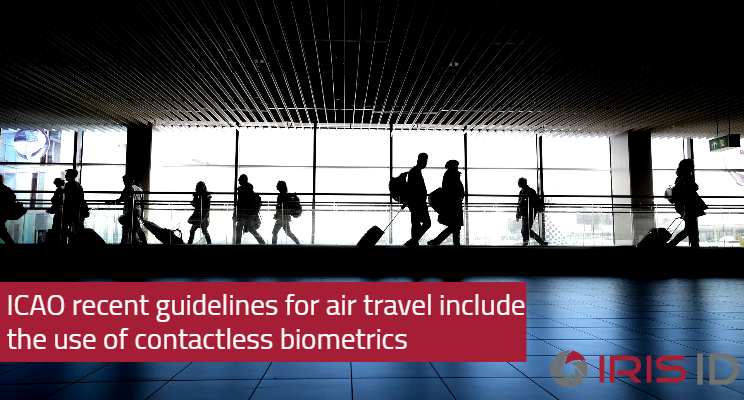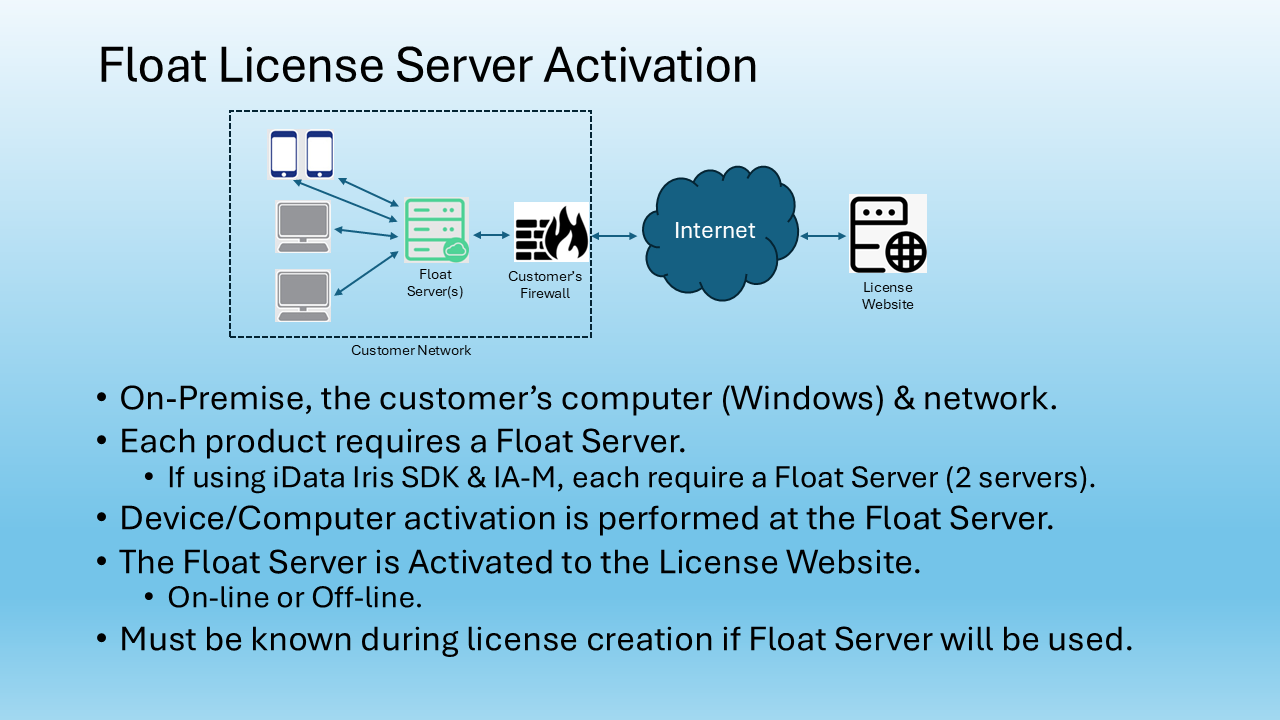By Mohammed Murad
No major industry has been more affected by the COVID-19 pandemic than air travel. International air passenger traffic has dropped a dramatic 80% and airport revenues are down 45%. Those figures are from the International Civil Aviation Organization (ICAO) and the Airport Council International (ACI) and are a sharp contrast to analysts’ predictions from March of this year for a passenger growth rate of 4.6% annually through 2034.
The decrease in air travel not only affects the bottom line of airlines and airports, it also impacts the worldwide economy including public and private organizations and tourism. Global travel feeds the economy on many levels.
Now as some regions and industries are looking to carefully reopen from stay-at-home orders and quarantines, the air travel industry is looking to ensure employee and customer health and safety while getting people back into the air.
The ICAO is a United Nations specialized agency, established in 1944 to work with its 193 member states and industry groups to reach consensus on international civil aviation Standards and Recommended Practices (SARPs) and policies in support of a safe, efficient, secure, economically sustainable and environmentally responsible civil aviation sector.
New guidelines for air travel
Recently, the group issued guidelines to help aviation regulators and operators support air travel. The guidelines emphasize the use of more touchless technologies throughout airports and airplanes. They point to the use of contactless biometrics – like iris recognition – for checking in people and baggage at airport entrances. This means passengers and airport personnel would encounter fewer surfaces that could harbor harmful pathogens.
Already in airports
These technologies are already being used in airports around the world. CLEAR, the premium expedited traveler identification company, operates kiosks in 32+ U.S. airports and sporting venues. These kiosks allow participating passengers to skip long TSA lines using their fingerprints or irises to pass through security. During the COVID-19 crisis the company has asked its members to use the iris option instead of fingerprints. Using fingerprints would require wiping down and sanitizing devices after each use considerably slowing passenger processing. CLEAR has been a major success and its technology is now being used in many sporting and event stadiums/venues.
Amsterdam Airport Schiphol
Amsterdam Airport Schiphol, the Netherland’s capital city airport, also uses our iris biometric technology offering European Union nationals expedited border crossing with its PRIVIUM program since 2003. Passengers pay €250 annually to use their irises to clear customs and cross the border in about 30 seconds as opposed to an average of 4 minutes in a non-PRIVIUM line. The program also includes preferential parking, a members’ lounge and check-in assistance.
Other airports using our iris recognition technology include Hammad International Airport in Doha, Qatar and Ashgabat International Airport in Turkmenistan.
The Future
Security and convenience have been major catalysts for the adoption of digital identity and biometrics in air travel. Moving large numbers of people through airports quickly and safely has been the industry’s mission. And now, COVID-19 will also be a major consideration in the implementation of travel technologies. Contactless biometrics, like iris recognition, will provide the benefits of digital identity while safeguarding public health and safety.
(Mohammed Murad is vice president global sales and business development, Iris ID.)


